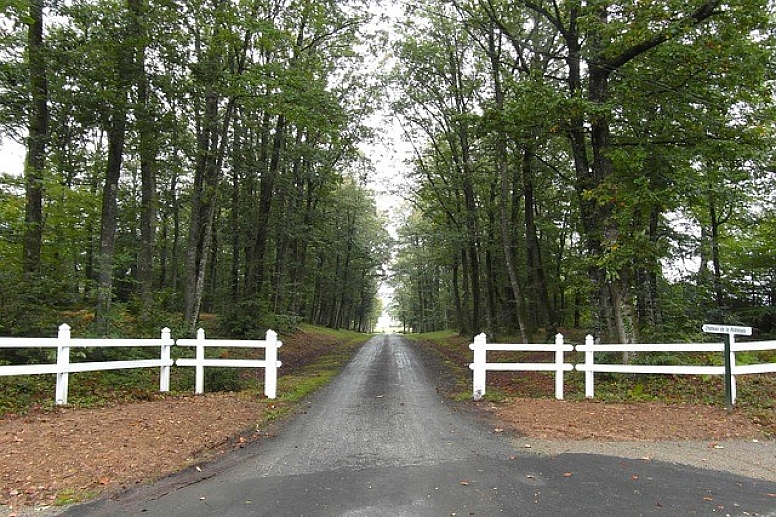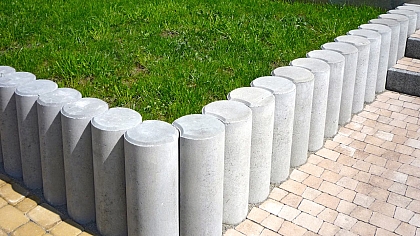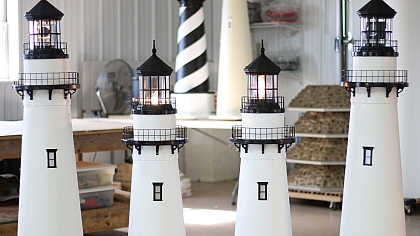
FAQs With a Paving Company in Leesburg VA
Weather conditions have the potential to hinder asphalt paving with humidity, temperature, and precipitation being primary factors. These elements make it difficult for the asphalt to properly cure and can compromise its integrity as time passes.
This paving is critical for many infrastructure projects, whether parking lots, highways, or residential driveways. The longevity is significantly affected by weather and quality, and qualified companies like Metropolitan Paving out of Leesburg, VA, understand these effects.
Let’s look at a few tips to ensure your paving results are durable in varying climates.
Questions And Answers on Paving with Asphalt
A drum is used to mix asphalt at an average of 280°F with installation while it’s still warm. The material is a blend of petroleum-based binders or bitumen, crushed stone or aggregate, and sand. Heat keeps these pliable to allow spreading and pressing in place over the surface.
It will then harden into the dense pavement that becomes the driveway or roadway you recognize. When the temperatures are frigid, the material sets too quickly.
A frozen surface doesn’t allow pressing in place like the asphalt should. Visit -Tips for managing seasonality in paving operations! - N3 Business Advisors - for tips on managing seasonality with paving. Let’s review a few FAQs in Leesburg on temperatures and weather, and how they impact pavement.
What’s the minimum temperature for paving?
For soft pavement that can be properly rolled and pressed, the ground and outdoor temperature should be roughly 50°F. During the winter months, most contractors will use infrared thermometers to adequately check the outside temperatures.
An average, everyday exterior thermometer isn’t usually as accurate as they need it needs to be when installing pavement.
When is it too hot to install pavement?
Pavement needs to stay warm and pliable to be installed. If the temperature gets too hot, the asphalt won’t start to set or cure once it’s installed. So, it remains in good condition, and to allow for curing once poured, ambient temp should be under 90°F.
At an outdoor temp of roughly 120°F, the material can start to melt. This extreme heat is rare; however, over the last couple of years, the country has been experiencing heat waves with higher-than-normal temperatures. Asphalt is a material that holds heat.
It should remain at no greater than 325°F for proper viscosity. The suggestion is to wait for the installation when the material can cool as needed.
How cold is too cold for asphalt?
The paving material starts to cure when temperatures, roughly 200F. At approx. At 185 degrees, it becomes stiff and dense, too difficult to press properly. Ground and ambient temperatures are critical when making pothole repairs or laying new pavement.
High winds or too dry an environment can cool the material prematurely, making it challenging to pour and press. Asphalt can begin to cool when instill which is why skilled contractors start to press or roll soon after the pour.
Homeowners who DIY install should work in small sections to quickly pour and press before the material can cool and harden.
Can you install asphalt in the rain?
No, you should avoid installing asphalt in the rain. The binders or bitumen are oil or petroleum-based, and the materials don’t mix well with water. Rain, excessive humidity, or falling snow can cause the binders to break away from the aggregate base, so the material crumbles or falls apart.
Even if you manage to pour and press the asphalt on a wet day, it might ultimately crack or split, and you will see potholes. The oil in the binders could rise to the surface, so the new asphalt will have staining or discoloration. The oily surface increases the risk of surface damage or spalling.
Damp soil doesn’t provide a firm foundation, so the aggregate can sink as the soil softens from the rain. To keep the base in good condition, wait for the wet conditions to pass and the ground to dry before installing or making repairs. Read here for paving scams.
What is the best time of year to lay asphalt?
The recommended best time of year for installing pavement is in the spring when temperatures are around 70°F. This is considered the optimal temperature as it ensures the ground and ambient temperature is warm to keep the asphalt soft and pliable to pour and press.
That doesn’t mean the first 70°F day is the best day to pave since spring has extreme fluctuations in temperatures. Wait until the ground consistently stays warm with the exterior temperature, usually in the late spring. The summer can bring high humidity, which adds too much moisture to paving.
Late spring or early summer is the ideal time to schedule a pavement installation in Leesburg, VA, particularly if you live in a humid climate. You can also consider a time in the fall when temperatures fall back down into the 70s.










